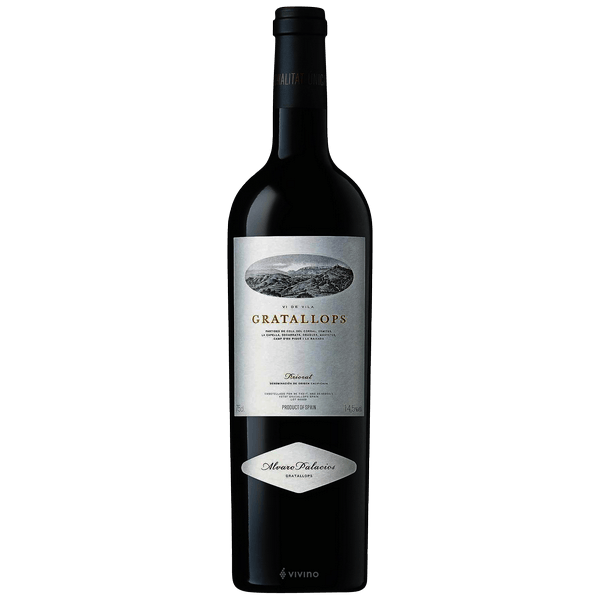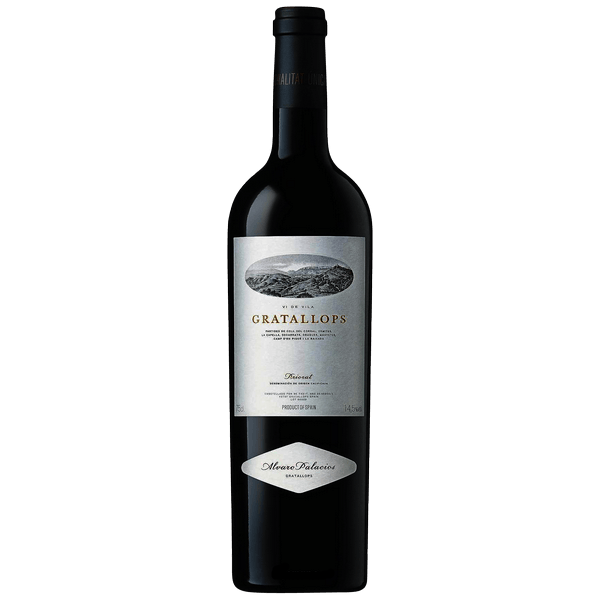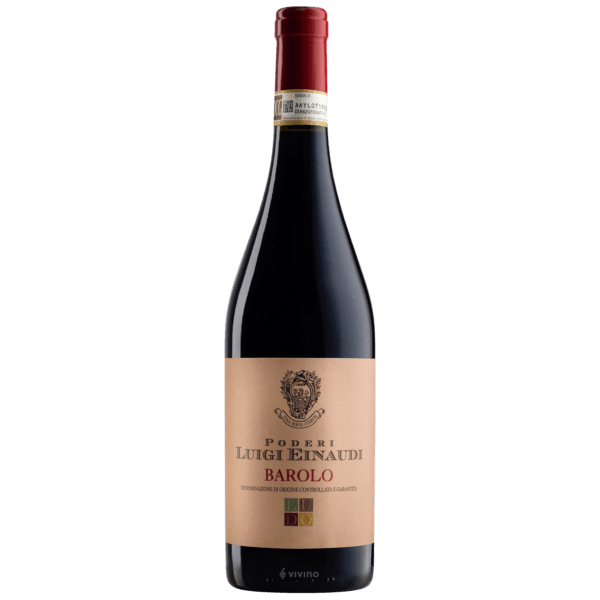2016 Gratallops Alvaro Palacios
2016 Gratallops Alvaro Palacios; Priorat DOCa, Spain
All wines from 2016 have noticeably and analytically higher acidity than the same wines from 2015, and the unbottled vi de vila 2016 Gratallops is no exception. It resulted in a very different varietal mix than the previous year, with a lot more Cariena (13%) in the blend that also includes 85% Garnacha and 2% white grapes: Garnacha Blanca, Macabeo and PX. It’s open and expressive, with a clear Mediterranean personality: full of fennel and aniseed, balsamic and very much showing the character of Gratallops. Tasted next to the 2015, you can feel how the new vintage has more of everything, concentration and power, yes, but also better balance and more freshness. It feels like Gratallops takes off in 2016. They expect to fill 16,665 bottles of it. Luis Gutirrez – 27/04/2018
Priorat is a small, dynamic wine region in Catalonia, north-eastern Spain, whose intense, full-bodied red wines have shot to fame in the past few decades. The classic Priorat wine is made from old-vine Garnacha and Cariñena, and has concentrated aromas of licorice, tar and brandied cherries.Red Priorat wine (the region also produces tiny quantities of white and rosé) is exceptional in three key regards. First, it is one of very few world-class wine styles to be based on Grenache – a category in which it is joined only by red Châteauneuf-du-Pape and the top-end wines from California’s Sine Qua Non. Second, it is one of only two styles to hold Spain’s top-tier DOCa classification (the other being Rioja). And third, it has risen from being almost unheard-of on the international wine market to being one of the world’s most expensive wines.
Alvaro Palacios is a Spanish wine producer, famous for its Garnacha-based wines from Priorat. Established in 1990 by Alvaro Palacios himself, the winery has been forefront of Priorat’s rise to fame as one of Spain’s most prestigious wine regions. Palacios grew up in Rioja where his family makes wines under the Palacios Remondo name. After spending time working at Petrus in Pomerol, he bought his own vineyard in the then-obscure region of Priorat, where the steep, slate-based hillsides covered in gnarled bushvines had been forgotten about in the second half of the 20th Century.
Related products
2019 Ca’ del Baio Autinbej Barbaresco DOCG 2019 Ca’ del Baio Autinbej Barbaresco DOCG is a deep garnet red with reflections of old pink. The nose is an intense, fruity aroma reminiscent of raspberries, jam, and violets that give an ethereal feeling accompanied by sweet spicy notes and hints of cocoa. In the mouth, Autinbej is [...]



